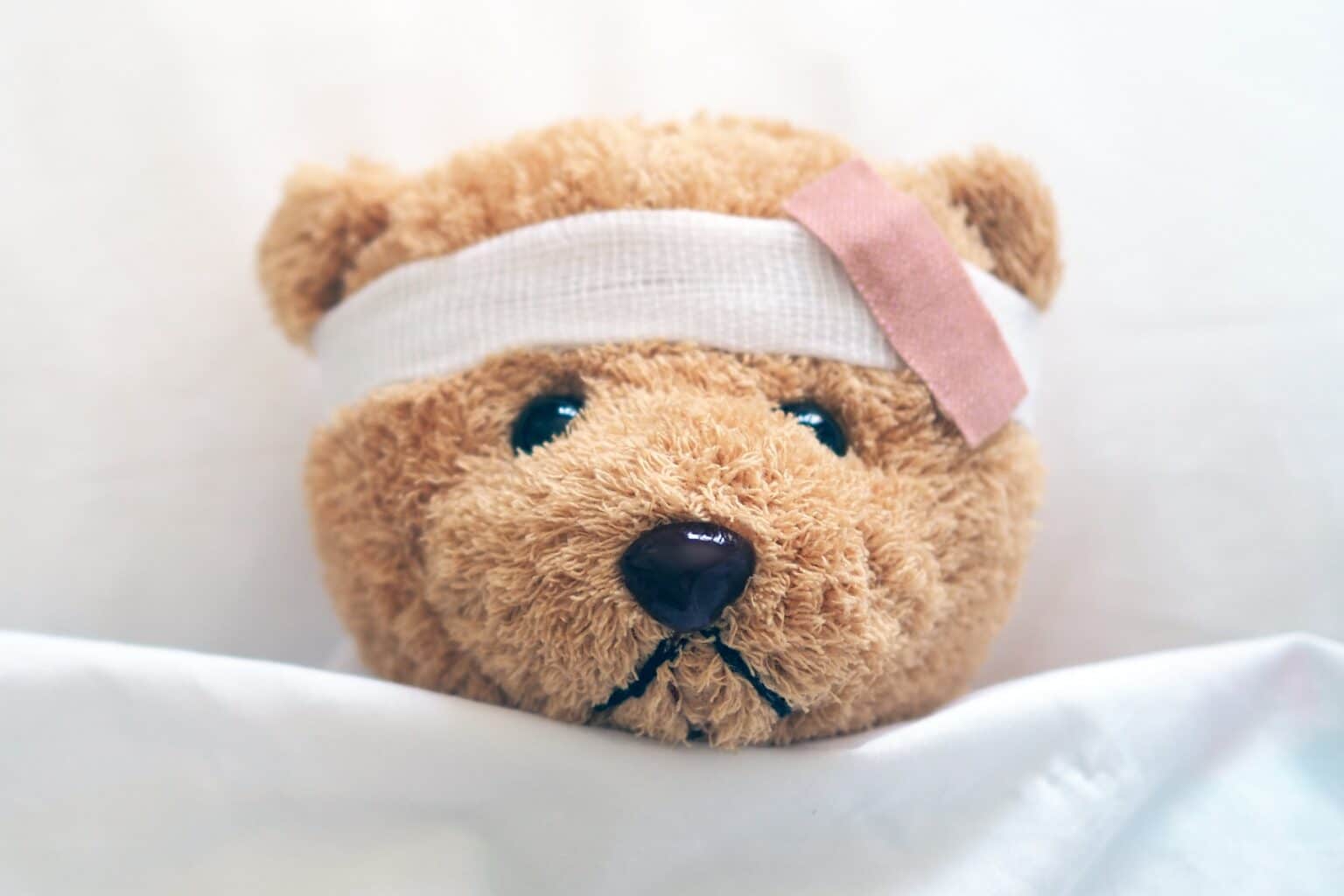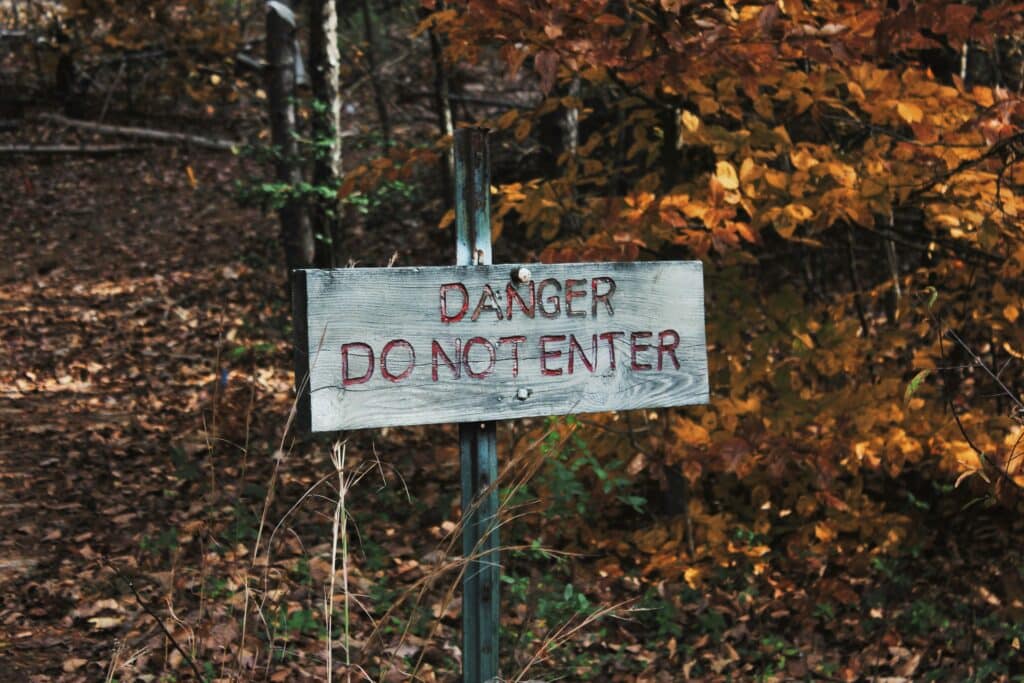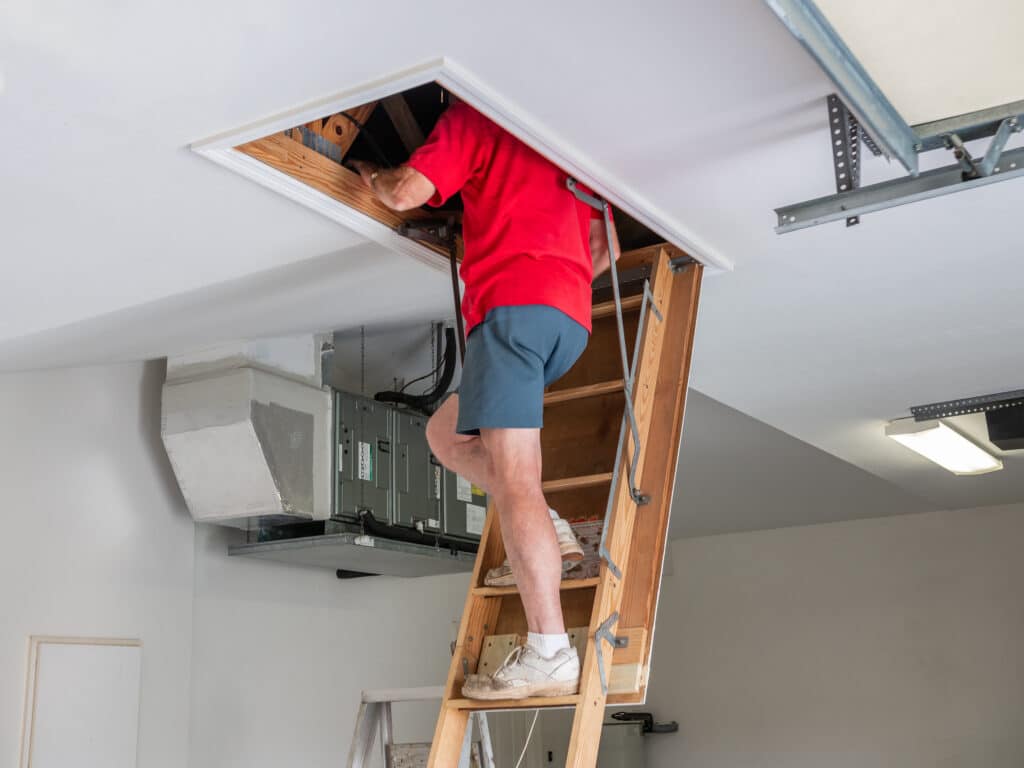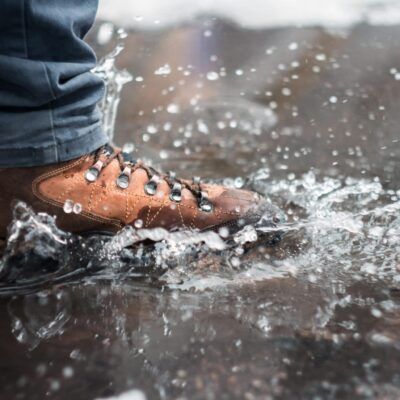Client Injury During a Home Inspection: The 4 Danger Zones
Last Updated November 9, 2023

Getting hurt on the job can rattle any inspector. But how would you react if it wasn’t you but your client that got injured during a home inspection? Some inspectors might freak out, worrying about next steps. Others might feel angry at the client. Some might worry about their wallet’s ability to handle unforeseen medical expenses. The best outcome would be a calm, collected response that takes care of your client—but that type of response doesn’t come from the unprepared.
Do you know which areas of the home are the most dangerous to your clients? Further, do you know which kinds of injuries clients are more likely to experience in those danger zones? Until you find out, you’ll be doing your clients a disservice by not having customer safety during the inspection in mind.
To be fair, it is difficult to know every possible outcome. After helping inspectors with bodily injury claims for well over a decade, we at InspectorPro can confidently say that there are more ways for your clients to get hurt than you’d expect, and they are rarely something you can anticipate. We’ve seen lacerations from falling through the floor of an attic; electrocution; broken bones and sprained ankles from falling off ladders; animal bites; and many more avoidable situations.
While we can’t predict every danger, it is much easier to determine the danger zones where you need to practice extra caution to avoid client injury during a home inspection. With the proper prevention and preparations, you can mitigate risk of client injury during the home inspection. And if your client does get hurt during a home inspection, you’ll be prepared to respond without losing your head. Read further to see the areas of concern and how you can prevent and respond to client injury.
Avoid the 4 Danger Zones

Benjamin Franklin once tried to convince the residents of Philadelphia that they needed to up their fire-prevention game by coining the iconic phrase: “An ounce of prevention is worth a pound of cure.” This advice is equally important for home inspectors, and it could help you avoid any perilous situations or places in the first place. Knowing and enforcing preventative measures that will keep your client away from danger is much easier than applying first aid while waiting for an ambulance.
What poses the riskiest part of a home inspections? It is difficult to say, but to help shed light on 4 of the top areas that your clients should avoid, we interviewed Michael Craycraft from GreenWorks in Dallas, Texas. As President of Inspections (and many other departments) at GreenWorks, Craycraft leads and trains 50 concurrent inspectors. As you can imagine, Craycraft has a lot of experience with safety training. From his experience and ours at InspectorPro, keep clients away from the following danger zones:
Roofs
They can be slippery and lack solid footing, and any falls can lead to injury or even death due to the height. And yet, the roof is one of the most common places that clients will want to follow you up to. They’ll start climbing up the ladder themselves, or they’ll even bring their own ladders, as Craycraft shared about a few past clients.
Some clients might try their hardest to convince you they’re comfortable on a roof, but that shouldn’t persuade you. As we discussed in our article on roof safety for home inspectors, there are many factors that impact roof inspection safety. Do you want to go down the list and check off the safety precautions with your clients every time they start following you up a ladder? Of course not. Just be adamant that you won’t allow them on the roof while you’re inspecting.
Attics

Inspectors already lose their footing and injure themselves falling through the floors of attics regularly. Imagine how often that would happen with someone inexperienced like your client. With protruding objects and unstable footing, attics are dangerous enough. But the danger increases during the summer.
“If you’re up there for too long and you’re not used to that type of heat, that’s how people can slip and fall and do all kinds of things that you don’t want to do in the attic,” Craycraft said.
Terry Griffin, an inspector from Mississippi, personally experienced the effects of heat on a client when the client insisted on following him up into the attic on a hot summer day. Knowing the attic was around 132 degrees Fahrenheit, Griffin instructed the client to simply go to the top of the stairs and look around rather than enter.
Twenty minutes later, after the attic inspection was complete, Griffin found the client in the attic. The client was sweating profusely and obviously disoriented. With the help of the realtor, Griffin brought the client down to the AC-filled kitchen and gave him cup after cup of water. Although the client insisted that they didn’t need an ambulance, it still took a couple hours before they were ready to drive home. Griffin learned, as you should, to not even give clients the option of entering the attic sometimes.
Crawlspaces
It takes a brave sort of client to want to follow you into a crawlspace, so many won’t even try. That doesn’t mean that it won’t happen, though. Craycraft was once preparing to enter a crawlspace when he noticed his client putting on their own coveralls to join him.
Thankfully, Craycraft had the foresight to reject the client’s attempts to follow him. In explanation, Craycraft said, “I’ve trained a lot of home inspectors, and people don’t know if they’re scared of tight spaces until they’re in a tight space.”
Taking the chance to find out if an inexperienced client is afraid of tight spaces while stuck with them in a cramped, claustrophobic crawlspace is a bad idea. Not letting them enter the crawlspace will help protect them from any number of the risks during home inspections that exist down there, such as improper wiring, protruding objects and nails, toxins, animals, and unstable house structures.
To learn about crawlspace safety on inspections, read our blog here.
Electrical Systems
Most inspectors are aware of the potential to be electrocuted on an inspection, but clients might think that common areas of the home (the electrical panel, the crawlspace, the attic) have been safety proofed enough to not worry about. Teach them why it’s important that they don’t mess around with the electrical panel while you’re there.
With some clients, however, they’ll try to be more proactive with testing electrical issues. Craycraft recalls an inspection when the client was walking around with a plug tester and testing the outlets personally. He had to calm her enthusiasm by explaining to her the reasons that he, the person who had let her into the home during his inspection, could not let her test the outlets. He couldn’t be responsible for her electrocuting herself or damaging the plugs, so he needed to put his foot down.
Never be casual with electrical exposures. If you want to help your client avoid electrocution, burns, damage caused by falling after contacting electricity, or any other injuries, ask them to stay behind you and follow your lead.
Take responsibility and ownership of your inspection.
While it is important to know the danger zones, if you want to create a safe environment on your inspection, you need to treat whatever happens inside that home very seriously. As Craycraft always teaches his inspectors, “You own that house for the time you’re there.” What does that look like?
- You lock the door and don’t let anyone in who shouldn’t be there.
- You don’t let people follow you into dangerous areas.
- If someone else is in the home with you, keep them in your sight.
- If people are doing risky activities or their own unsafe inspections, request they stop.
If you take metaphorical ownership of a home while you inspect, you treat any possible danger with appropriate concern. Make a habit of encouraging your client to come view the home and review findings at the end of an inspection, as this can help you minimize their exposure to the danger zones and avoid the chance of client injury during the home inspection.
Stand your ground.
Not all clients will be understanding of your efforts to keep them and the property safe. They’ll want to know you did a quality inspection. They’ll want to see what the attic, crawlspace, electrical panel, or roof looks like with their own eyes. Even though their interest and concerns are valid, do you know what is an even more valid concern? Your concern to protect them and the property.
Stick to your standards of safety. Regardless of how angry they get, tell them that you would sooner end the inspection than put them in jeopardy while you are present. If they are still unwilling to compromise after that, calm their worries with a flood of documentation. Ensure them that you will photograph unsafe areas in greater detail so that they feel at peace with the inspection quality.
In the most stubborn scenarios, encourage them to stop by (with the current owner’s permission) at another time and explore those areas themselves if they insist.
Most clients, however, won’t be so stubborn. If you come from a place of concern and education, they will both feel your desire to protect them, and they will understand why the situation is dangerous. Explain your concerns well and most will want to leave the dangers to you, the professional.
Responding to Client Injury During a Home Inspection

Even though prevention is the best course of action, we understand that accidents happen. Perhaps a client is exceptionally persistent, and you can’t afford to drop the inspection, so they climb up the ladder and slip through, injuring themselves. Whatever the cause of the client’s injury during the home inspection, we know that clients do get hurt during home inspections even when inspectors are being careful. That is where you need to learn how to respond.
When a client is injured during a home inspection, follow an action plan like the following.
Assess the Situation
Stay calm. Look for the cause of the injury and determine whether you or they are in danger of further injury. Also, check the severity of the injury. If they need immediate medical treatment, call 911 or have another person do so while you assist the client. During this time, determine if it is safe or necessary to move the client—in many cases, moving the client can hurt much more than help. If you are unsure of what to do, report the situation and ask for advice while calling 911. If they don’t need immediate medical help, ensure that they have a way to travel to the hospital.
Administer First Aid
After you have assessed the situation, consider giving any first aid you are confident and comfortable providing until they can receive professional medical help (either at a hospital or through an ambulance). In the case of the client in the attic that Griffin shared, that was as simple as moving them to another location, giving them liquids, and keeping watch over them to see if they needed any further treatment. In other cases, you could stop a bleeding wound, or help the client lie down in a comfortable position.
Many situations may be more serious or unfamiliar for you. That’s okay. As mentioned before, should the client’s injury be big enough to warrant a call to 911, they will walk you through the best first aid steps for the injury (i.e. putting pressure on the wound, laying the client down, bandaging the area, etc.). If you worry that your efforts will further injure the client, it is best to leave them be until help arrives.
Notify Essential Parties
After assessing the situation and treating the party with any necessary first aid, now you need to make some calls. First, inform the owner of the home and the realtor of what happened (if they aren’t there). Since it might take a while to resolve the injury, they should know about the situation.
If you caused the injury, or if you are worried about a future claim, also contact your insurer to report the situation.
Prepare for unforeseen injuries with general liability coverage.
Many of the injuries that your client will face are self-inflicted through poor choice. Other times, however, you may be the cause of your client’s injury during the inspection. Injuries are expensive, and they can affect your budget significantly if you aren’t covered for bodily injuries that are caused by you on your inspection. That is where general liability coverage comes in.
General liability is one of the more affordable coverages you can carry as a home inspector, and it covers both bodily injury and property damage to third parties (your client, or the homeowner) that you cause. With us at InspectorPro, your general liability policy comes with a competent and fast-responding claims team who can help you resolve any surprising claims, whether bodily injury or property damage, so long as it is the inspector who caused it. We can worry about your clients’ medical bills while you worry about your business.
If you are looking for general liability coverage, get your quote today from InspectorPro Insurance.
We have nearly 15 years of experience covering for the unexpected, shocking, and distressing injuries, property damage, and claims that home inspectors face. You can’t prevent every accident or client injury during home inspections, but you can prepare for when they do by purchasing coverage from an insurer who has your back.





